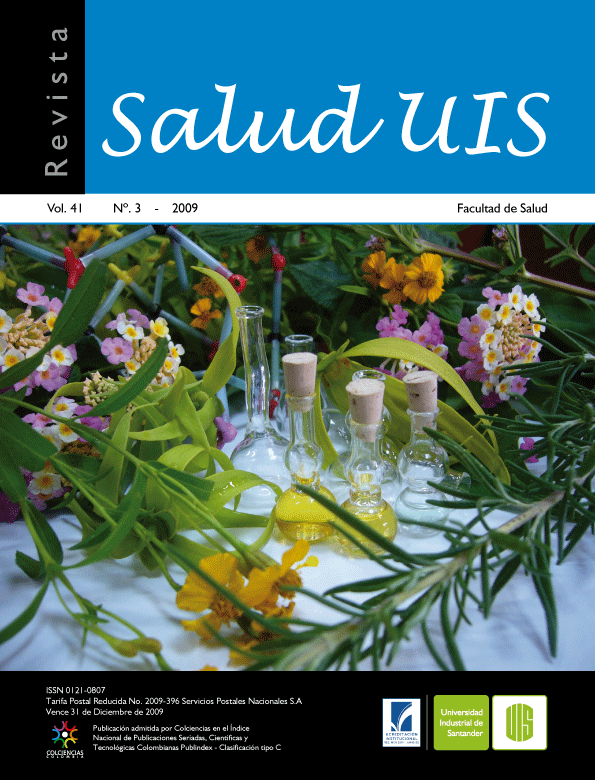Abstract
RESUMEN
OBJETIVO: El objetivo de este estudio fue evaluar la actividad repelente de tres aceites esenciales (AE) y un repelente comercial frente a la especie Tribolium castaneum, Herbst, una de las principales plagas de cereales y productos almacenados.
MATERIALES Y MÉTODOS: La actividad repelente fue medida utilizando el método de área de preferencia, además fue determinada la concentración de aceite esencial capaz de repeler el 50% de los insectos (CR50). La prueba T pareada fue utilizada para encontrar diferencias signifcativas entre el número de insectos presentes en las áreas tratadas y no tratadas.
RESULTADOS: Todos los AEs mostraron actividad repelente contra T. castaneum, y la magnitud del efecto fue dependiente de la concentración utilizada. Los AE con mayor repelencia fueron los extraídos de Lippia origanoides y Citrus sinensis, mientras que el aceite con menor actividad fue el de Cymbopogon nardus.
DISCUSIÓN: Aunque en términos de CR50 el AE de C. nardus mostró actividad repelente inferior a la de L. origanoides y C. sinensis, el primero presentó una efcacia superior a la del producto comercial IR3535. Estos AEs han mostrado propiedades repelentes frente a organismos diferentes a T. castaneum, lo cual sugiere que su espectro de acción es amplio.
CONCLUSIONES: Los resultados han demostrado que los AEs de la fora colombiana son una fuente importante de repelentes, por lo que podrían ser usados para el control biológico de insectos.
Palabras clave: Actividad repelente, aceites esenciales, insectos, Tribolium castaneum. Herbst, Colombia
ABSTRACT
OBJECTIVE: The aim of this study was to evaluate the repellent activity of three essential oils (EO), and a commercial repellent against species Tribolium castaneum Herbst, a major pest of grain and stored products.
MATERIALS AND METHODS: The repellent activity was measured using the area of preference method, as well as the concentration of essential oil that is capable of repelling 50% of the insects (RC50). A paired T test was used to fnd signifcant differences between the number of insects present in the treated and untreated areas.
RESULTS: All EOs showed repellent activity against T. castaneum, and the magnitude of the effect was dose-dependent. The AE with the highest repellence were those extracted from Lippia origanoides and Citrus sinensis, whereas the one with the lowest activity was that from Cymbopogon nardus.
DISCUSSION: Although in terms of RC50 the EO from C. nardus showed repellent activity lower than those registered for L. origanoides and C. sinensis, the frst had a greater effcacy than that showed by the commercial product IR3535. These EOs have shown repellent properties against organism different from T. Castaneum, suggesting that they have a wide spectrum of action.
CONCLUSIONS: The results have shown that EOs from Colombian fora are an important source of repellents, which could be used for biological control of insects.
Keywords: Repellent activity, essential oils, insects, Tribolium castaneum. Herbst, Colombia
Se autoriza la reproducción total o parcial de la obra para fines educativos, siempre y cuando se cite la fuente.
Esta obra está bajo una Licencia Creative Commons Atribución 4.0 Pública Internacional.
